

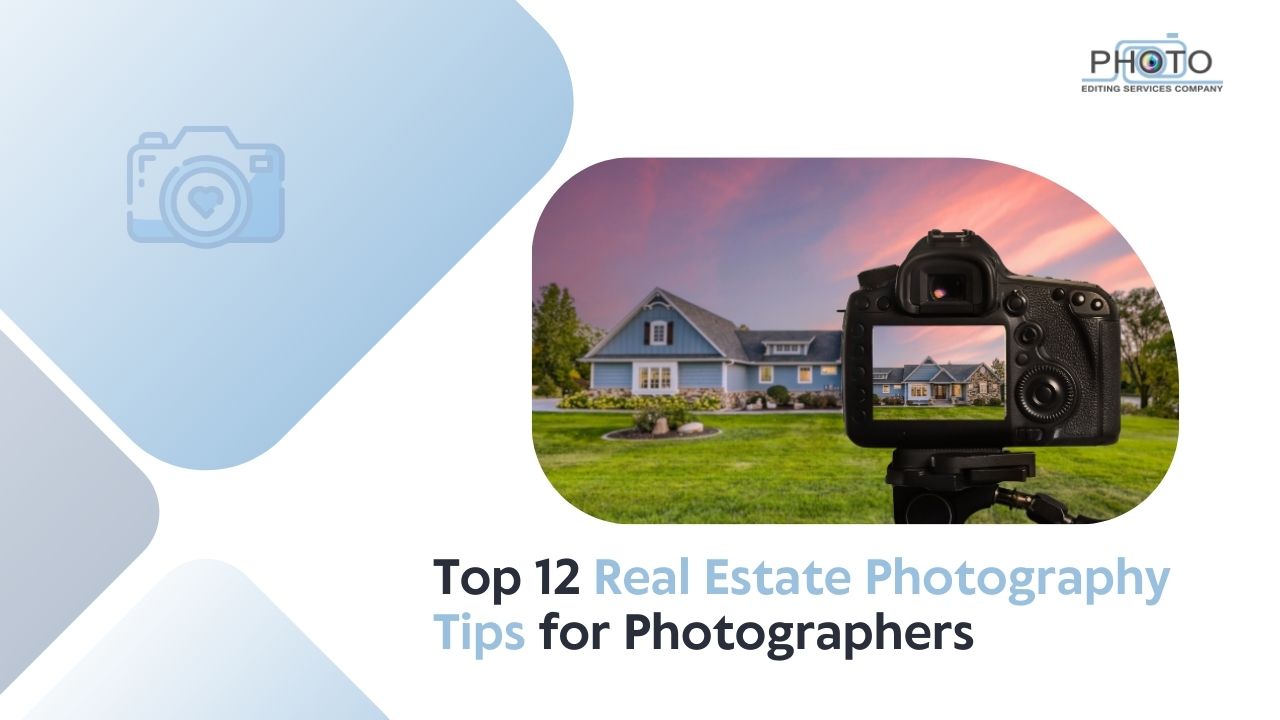
Real estate photography is an essential element in the competitive real estate industry. High-quality images can make or break a listing, as potential buyers often make their first impression based on the photos. Whether you're a seasoned professional or just getting started in the field, mastering real estate photography can significantly impact the success of a property listing. This article will guide you through the fundamentals of real estate photography and share 12 essential tips to elevate your skills and help you capture properties at their best.
Real estate photography is a specialized form of photography that focuses on capturing residential, commercial, or industrial properties for marketing and sales purposes. The primary goal is to showcase a property in its most appealing light, highlighting its strengths and making it visually attractive to potential buyers or renters. This type of photography goes beyond simple snapshots; it requires careful attention to detail, lighting, composition, and post-production editing to ensure the property is presented in the best possible way.
Real estate photography includes a wide range of techniques, from shooting interiors and exteriors to creating virtual tours and 360-degree panoramic images. The field has evolved with advances in technology, and today’s real estate photographers often use drone photography, HDR techniques, and other sophisticated methods to capture properties.
In a competitive market, high-quality photos can set a property apart from the competition, increase the number of views, and ultimately lead to quicker sales at better prices. This makes real estate photography not just an artistic endeavor but a critical tool in the real estate marketing toolkit.
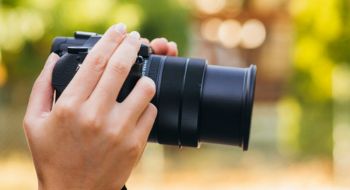
The first step in becoming a successful real estate photographer is investing in the right equipment. A good DSLR or mirrorless camera, wide-angle lens, tripod, and external flash are essential. A wide-angle lens, typically between 16mm to 24mm, helps capture more of the room and creates a sense of spaciousness, which is critical in real estate photography. A sturdy tripod is also essential to ensure sharp images, especially in low-light conditions.
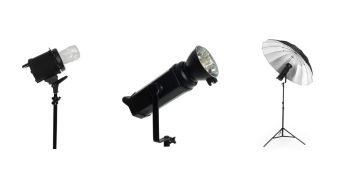
Lighting can make or break a real estate photograph. Natural light is often the best source of illumination, so it’s crucial to shoot during the day when rooms are well-lit. However, interior spaces may require artificial lighting to complement natural light, so using external flashes or strobes strategically can help reduce harsh shadows. Avoid harsh, direct sunlight, as it can create strong shadows and uneven lighting across the property.
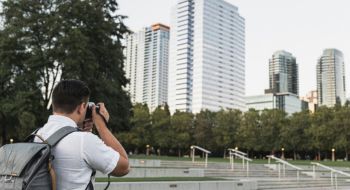
One of the most important things to do before a shoot is to ensure the property is clean and clutter-free. Personal items, excessive furniture, and clutter can distract from the space itself. Encourage homeowners to declutter their spaces by removing unnecessary items, as clean and open rooms appear more spacious and inviting. This is especially important for small spaces, where clutter can make rooms look cramped.

Choosing the right angle for each shot is critical. Shooting at eye level is generally a good rule of thumb, as it provides a natural and balanced perspective. Avoid shooting too high or too low, as this can distort the room’s proportions. Be sure to frame each shot thoughtfully, considering the best vantage point to show off the room's features. For example, in a kitchen, capturing the appliances and countertops in a single frame gives potential buyers a complete view.
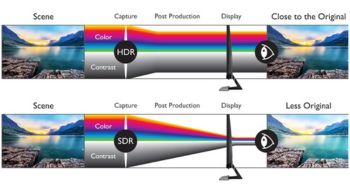
High Dynamic Range (HDR) photography involves taking multiple shots at different exposures and combining them into a single image. This technique is especially useful in real estate photography, as it ensures that both the interior of the property and any views through windows are properly exposed. HDR photography helps avoid washed-out windows or underexposed interiors, providing a more balanced and visually appealing image.
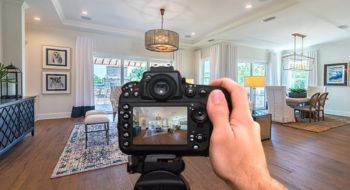
Staging a home is a key part of making the property look its best. Simple things like rearranging furniture, adding fresh flowers, or setting the dining table can help make the home feel more welcoming. If possible, use professional home staging services for an added touch of sophistication. Pay attention to details like cushions, rugs, and decorative items, ensuring they complement the space and enhance its appeal without overwhelming the viewer.
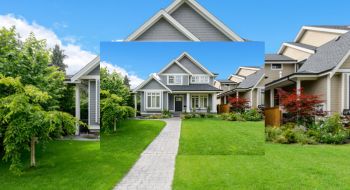
Every property has unique features that set it apart. Whether it’s a stunning fireplace, a large backyard, or an elegant staircase, be sure to capture these elements in your photos. Showcasing these features can add value to the listing and attract potential buyers who are specifically looking for those characteristics. Consider close-up shots or angles that emphasize these standout elements.
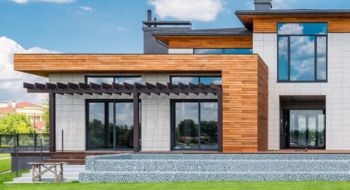
Exterior shots are just as important as interior ones. To capture the best exterior shots, timing is key. Shooting during the golden hour either just after sunrise or before sunset provides soft, warm lighting that enhances the property’s curb appeal. Avoid shooting in the middle of the day when the sun is directly overhead, as this can create harsh shadows and flat lighting.

Drone photography has become increasingly popular in real estate, particularly for larger properties or those with expansive grounds. Aerial shots provide a unique perspective and allow potential buyers to get a sense of the property’s surroundings, such as proximity to parks, schools, or bodies of water. If you’re new to drone photography, make sure to familiarize yourself with local regulations and obtain the necessary permits before flying.
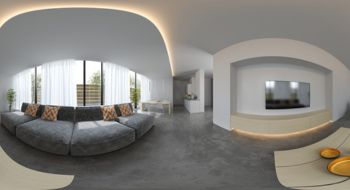
With the rise of digital technology, many buyers now prefer to view properties online before scheduling in-person visits. Offering 360-degree virtual tours can set your listings apart by providing an immersive experience that allows viewers to explore the property from the comfort of their homes. Virtual tours are particularly valuable for out-of-town buyers or those with busy schedules.

Post-processing is an essential part of real estate photography, but it’s important not to overdo it. Avoid making the colors too vibrant or overly sharpening the images, as this can result in an unnatural look. Stick to basic editing tasks such as adjusting brightness, contrast, and white balance. The goal of editing is to enhance the natural beauty of the property, not to create an artificial appearance.
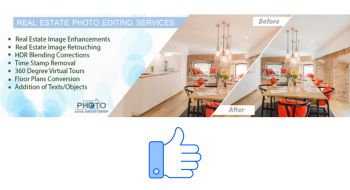
Even with the best camera and technique, sometimes real estate photos need a little extra help in post-production. This is where Professional Photo Editing Services come in handy. From correcting lens distortion to color balancing and removing minor distractions, a skilled editor can elevate your photos to a professional standard. Outsourcing your photo editing allows you to focus on your photography while ensuring your images are polished and ready for publication.
Real estate photography plays a crucial role in how a property is perceived by potential buyers. By following these 12 tips, you can take your real estate photography to the next level and create images that help properties stand out in the competitive market. From using the right equipment to mastering lighting and composition, each tip will help you capture the beauty and uniqueness of each property you photograph.
To further enhance your real estate photography and make your photos truly stand out, consider professional real estate photo editing services. Companies like Photo Editing Services Company. offer expert editing solutions that will refine your images and help you present properties in the best possible light.
OURS Global Photo Editing Services Company has over a decade of experience in delivering real estate photo editing services to real estate photographers, realtors, property developers, and real estate agents across the globe. Contact OURS Global Photo Editing Company for all your photo editing requirements including portrait retouching services, clipping path services, photo restoration services, 360-degree panorama stitching services, virtual staging services, photo masking services, wedding photo retouching services, stock photo retouching services, high-end photo retouching services, and product photo retouching services.


We are really happy and satisfied with the quality ensured us for our home and business property photos. Almost all of our real estate photos have received a creative touch of their artisans who have helped us sell our properties at the best possible rates.
I would like to thank and congratulate the guys working at OURS Global for their outstanding skill and superb efficacy on how to transform an ordinary property to an appealing condominium for selling the condos at higher prices. .
We are really satisfied by OURS Global photo editing services. We were impressed by their quick turn around time. Daily we upload our images at night (US Time) and next day when we come to office in the morning all our edited images will be ready for download.